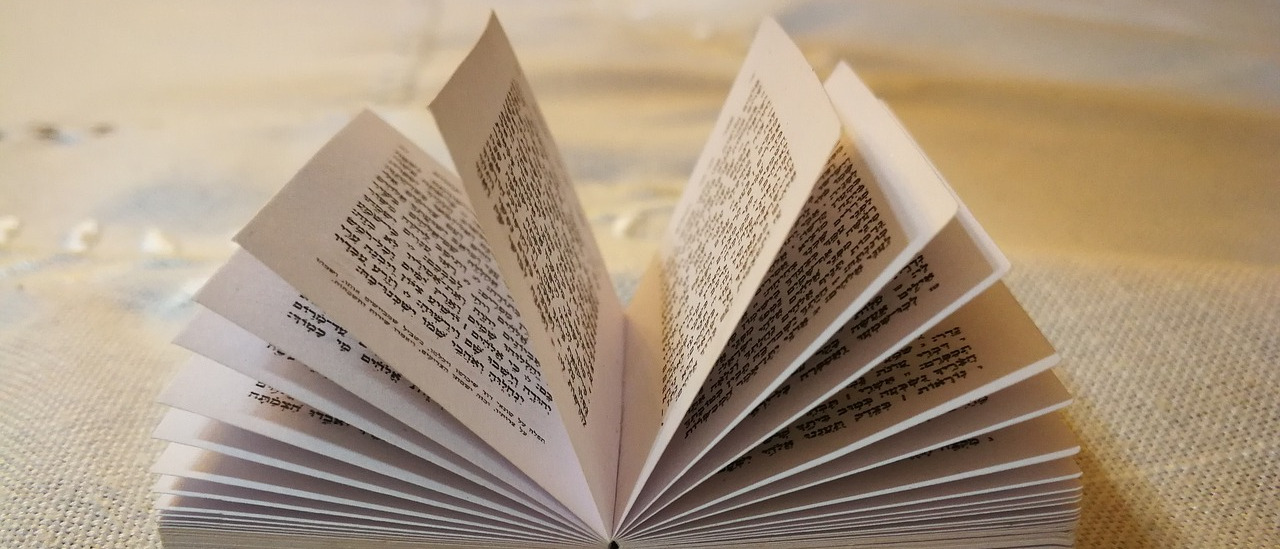Introduction to the Viduy

There are two different aspects to every mitzvah and every aveirah (transgression):
- The effect that they have on our relationship with G-d
- The spiritual impact that they have on us.
Every mitzvah strengthens our relationship with G-d as well as giving us some intrinsic spiritual benefit. And every aveirah does the opposite — it hurts our relationship with G-d plus it also causes some spiritual damage.
If we really want to improve ourselves and address our past behavior, we will need to work on both fronts — to repair our relationship with G-d as well as the spiritual damage we caused to ourselves. Repairing our relationship with G-d is called “teshuva” (return) while fixing the spiritual damage to ourselves is called “kaparah” (spiritual repair).
The Rambam outlines three basic elements of teshuva for transgressions or negative behavior in our relationship with G-d:
- Abandon them
- Commit never to do them again
- Regret having done them
This has the remarkable ability to repair the relationship with G-d which was damaged by the aveirah. However, since we obviously want to fix also the spiritual damage done to ourselves, we need one more step. We will also need to verbalize the teshuva process. This verbalization is called “viduy.” Viduy is what allows our teshuva also to accomplish a “kaparah”.
Of course, if the aveirah or negative behavior had to do with another person, then we also need to make restitution and get forgiveness from the person that we hurt.
Since Yom Kippur is devoted to the attainment of kaparah, it is not surprising that it is filled with the recitation of viduy. In fact, we say viduy a total of 10 different times on Yom Kippur (following a single viduy on Erev Yom Kippur – the afternoon beforehand).
The following chart has been designed to make the process of saying viduy as personal and as meaningful as possible. Every word of the viduy has been translated, and there is a brief explanation for each of the different terms and categories. However, perhaps the most valuable part of the chart is the space which has been provided in every section to write in whatever is most relevant to you BEFORE Yom Kippur begins. This way you will have a completely personalized viduy to use in shul on Yom Kippur.
The entire viduy printed in the Yom Kippur machzor (prayer book) is here. Therefore, once you finish each of the silent prayers on Yom Kippur, you can simply close your machzor and finish the viduy from this chart (up to and including taking your three steps backward).
Forgiveness for Others:
There is an important paragraph on the bottom of the eighth (last) page. It articulates forgiveness for anyone that may have hurt us in the past, whether or not they specifically requested this forgiveness from us. We should certainly not want anyone else to be punished on our account. In addition, we also hope that in case we ourselves hurt someone, and didn’t manage to ask for their forgiveness, that they will forgive us in the same way.
Preparation is key:
The more preparation you put into the chart, the more it will be able to help you. G-d willing, we should all do a complete teshuva, leave our past mistakes behind us, and repair our relationships with G-d and with people, as well as any spiritual damage which we may have done to ourselves.


0 Comments